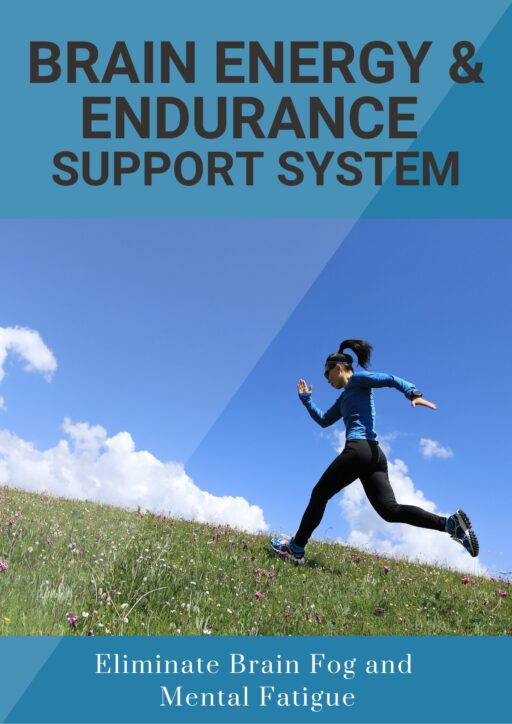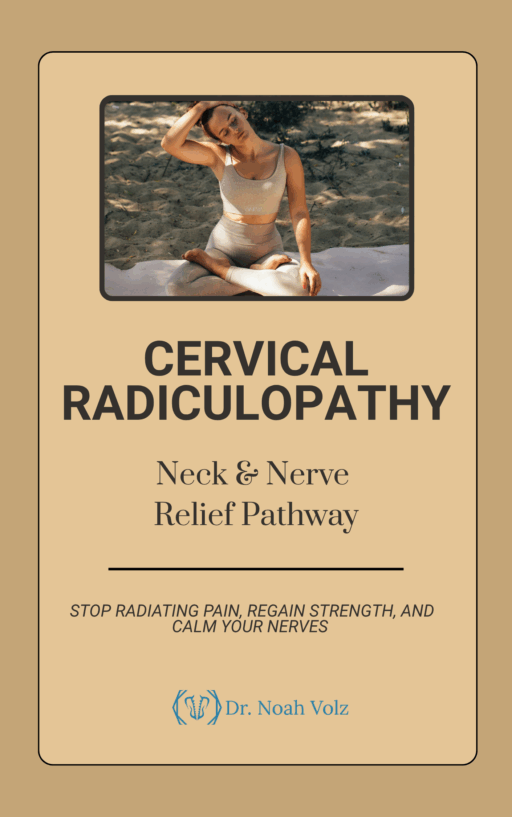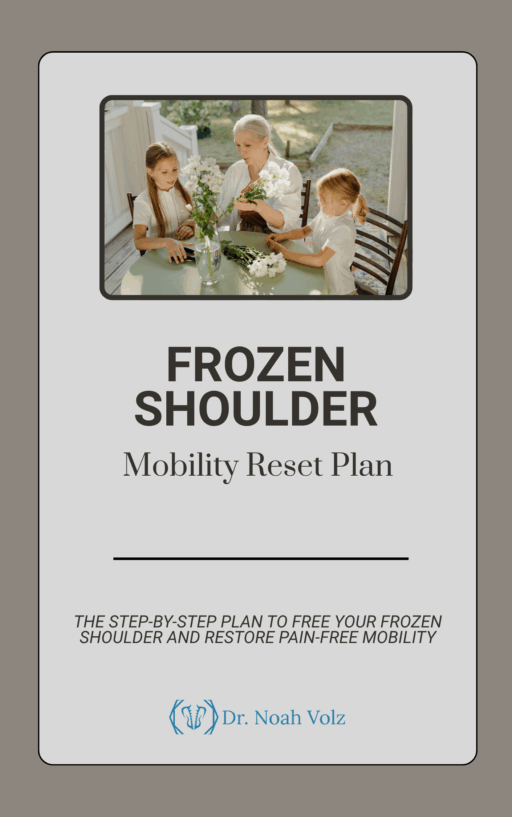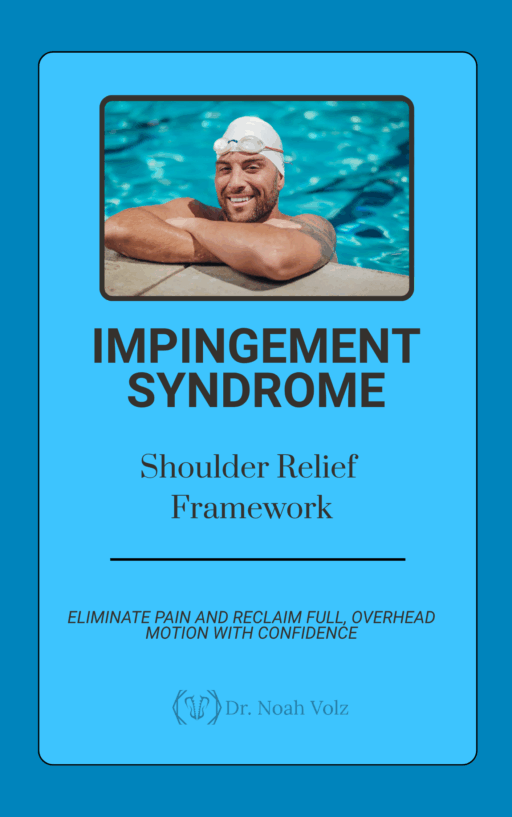Have you ever wondered why some people seem to feel pain more than others? Or why sometimes a gentle touch can hurt, while other times a stronger touch doesn’t? As a chiropractor in Ashland, OR, I often see patients struggling with different types of pain. Today, we’re going to explore the fascinating world of pain perception and how your brain processes pain signals.
The Story of Pain: Your Body’s Alarm System
Imagine your body is like a big house, and pain is the alarm system. When something’s wrong, the alarm goes off to let you know. But just like house alarms, sometimes the pain alarm can be too sensitive, not sensitive enough, or go off when there’s no real danger. Understanding how this alarm system works can help us manage pain better.
Types of Pain: When the Alarm Goes Off
Let’s look at three different ways your pain alarm might work:
1. Normal Pain: This is when your alarm works just right. If you touch something hot, it hurts, and you pull your hand away. This kind of pain is actually helpful – it protects you from harm.
2. Hyperalgesia: This is when your alarm is too sensitive. Things that would normally hurt a little bit now hurt a lot. It’s like if the slightest bump made your alarm blare at full volume.
3. Allodynia: This is when things that shouldn’t hurt at all now cause pain. It’s like if a gentle breeze set off your house alarm. For example, lightly touching your skin shouldn’t hurt, but with allodynia, it might.
There’s also something called hypoalgesia, where your alarm doesn’t go off when it should. This can be dangerous because you might not notice when you’re injured.
Why Pain Feels Different for Everyone
You might have noticed that some people seem to handle pain better than others. There are a few reasons for this:
1. Ascending Pathways: These are like the wires that carry the alarm signal from your body to your brain.
2. Descending Pathways: These are like a volume control that your brain uses to turn down the pain signal.
3. Pain Receptors: These are like the sensors in your alarm system. Sometimes they can become more sensitive.
Things that can make your pain receptors more sensitive include:
– Not enough oxygen getting to your nerves
– Hormone imbalances
– Stress
– Inflammation in your body
– High blood sugar
– Exposure to certain chemicals
When these things happen, your pain alarm might go off too easily or too strongly.
Neuropathic Pain: When the Alarm System Itself is Damaged
Sometimes, the problem isn’t with what’s setting off the alarm, but with the alarm system itself. This is called neuropathic pain. It happens when there’s damage to your nerves or brain. It’s like if the wires in your house alarm got crossed, making it go off for no reason.
How Your Brain Processes Pain
Your brain doesn’t just receive pain signals – it also interprets them. This is why the same injury might feel different to different people, or even to the same person at different times. Your brain considers things like:
– How dangerous it thinks the pain is
– What’s going on around you
– Your past experiences with pain
– Your emotional state
All of these factors can change how much something hurts.
The Role of Chiropractic Care in Pain Management
As a chiropractor in Ashland, OR, I often work with patients to manage their pain. While chiropractic care can’t cure all types of pain, it can help in several ways:
1. Improving Nerve Function: Chiropractic adjustments can help ensure your nerves are working properly, which can sometimes reduce pain.
2. Reducing Inflammation: Some chiropractic techniques can help reduce inflammation in your body, which can lessen pain.
3. Improving Blood Flow: Better blood flow means more oxygen gets to your tissues, which can help reduce pain sensitivity.
4. Addressing Muscular Issues: Tight or weak muscles can sometimes contribute to pain. Chiropractic care can help address these issues.
5. Education: Understanding your pain can help you manage it better. As part of your care, I always take time to explain what might be causing your pain and how you can help manage it.
Remember, chiropractic care should be part of a comprehensive approach to pain management, especially for complex pain conditions.
What You Can Do to Manage Pain
While some types of pain need medical treatment, there are things you can do to help manage your pain:
1. Stay Active: Regular, gentle exercise can help reduce pain and improve your overall health.
2. Practice Good Posture: Poor posture can put extra stress on your body and contribute to pain.
3. Manage Stress: Stress can make pain feel worse. Techniques like deep breathing or meditation can help.
4. Get Enough Sleep: Your body needs rest to heal and manage pain effectively.
5. Eat a Healthy Diet: Good nutrition can help reduce inflammation in your body.
6. Stay Hydrated: Drinking enough water is important for all your body’s functions, including pain management.
When to Seek Help for Pain
While some pain is normal, there are times when you should see a healthcare provider:
– If your pain is severe or getting worse
– If your pain doesn’t go away after a reasonable amount of time
– If your pain is interfering with your daily life
– If you have pain along with other concerning symptoms
Don’t hesitate to seek help if you’re worried about your pain. Early treatment can often prevent pain from becoming chronic.
Understanding Pain for Better Health
Pain is complex, and everyone experiences it differently. By understanding how pain works, you can be better equipped to manage it and know when to seek help. Remember, pain is your body’s way of telling you something’s wrong, but sometimes the message gets mixed up.
As a chiropractor in Ashland, OR, I’m committed to helping my patients understand and manage their pain. While we can’t always eliminate pain completely, we can often find ways to reduce it and improve quality of life.
Your pain is real, and your experience is unique to you. Don’t let anyone tell you that your pain isn’t valid or important. By working together with healthcare providers and taking steps to support your overall health, you can often find relief and get back to enjoying your life.
Remember, you’re not alone in dealing with pain. Many people struggle with pain issues, and there are many resources available to help. Whether it’s through chiropractic care, other medical treatments, or lifestyle changes, there are usually ways to improve your pain situation.
Here’s to understanding your pain better and finding the relief you deserve. Your body has an amazing capacity to heal – sometimes it just needs a little help to get there.
-

Bicep Tendon Pain Solution
$50.00 -

Brain Detoxification & Recovery System
$50.00 -

Brain Energy and Endurance Support System
$50.00 -

Brain-Based Movement and Motor Control Training
$50.00 -

Centralized Low Back Pain
$50.00 -

Cervical Radiculopathy: Neck and Nerve Relief Pathway
$50.00 -

Complex Low Back Pain
$50.00 -

Complex Radiating Low Back Pain
$50.00 -

Cross-Pattern Low Back Pain
$50.00 -

Frozen Shoulder Mobility Reset Plan
$50.00 -

Impingement Syndrome: Shoulder Relief Framework
$50.00 -

Mastering Brain Senses: Rebuild Your Hearing, Vision, and Body Awareness
$50.00













